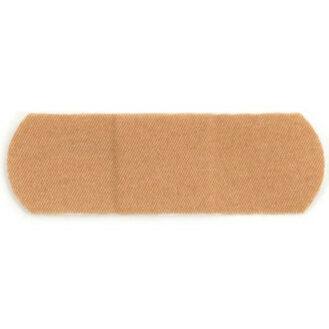A ventilator or respirator is a medical device used to supplement a patient’s respiratory function. This is referred to as mechanical or artificial ventilation. They are generally used in cases of respiratory arrest or distress, i.e. when the patient’s breathing (natural or spontaneous ventilation) is no longer sufficient to ensure an adequate supply of oxygen. A ventilator is also intended to protect the airways and lungs until they regain their function.










Well explained concept of ventilator.
Interesting blog! Very well explained about the process & facts about the ventilator. & choosing the right ventilator is most difficult & important task. But with the help of your blog it seem easy to understand. Hospital Product Directory provides the Ventilator with the vendor list. Visit us. Ventilator
Good information about ventilator with all aspects, Thanks